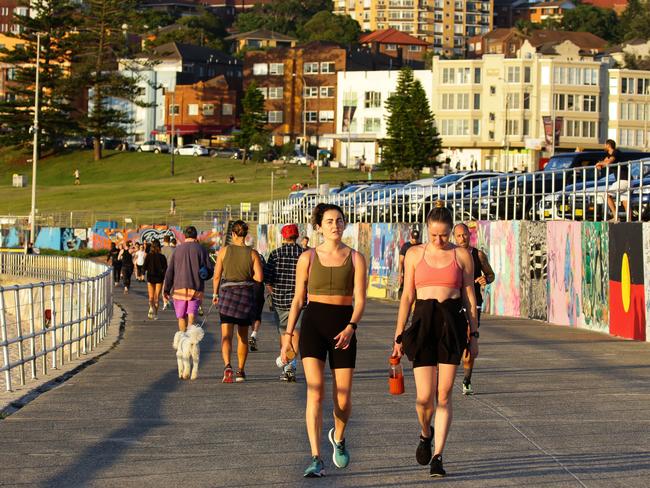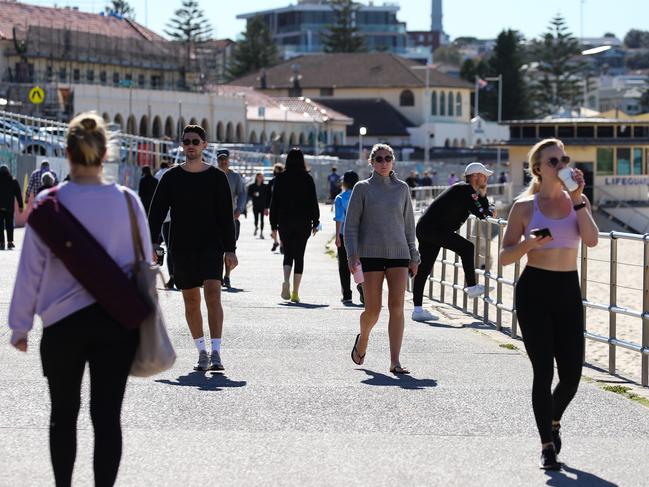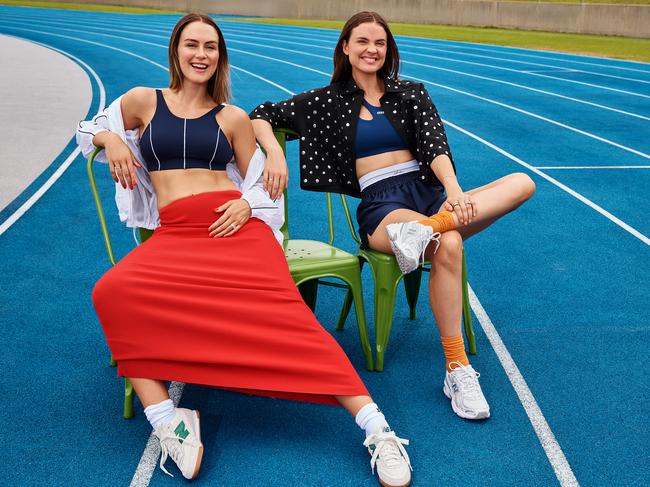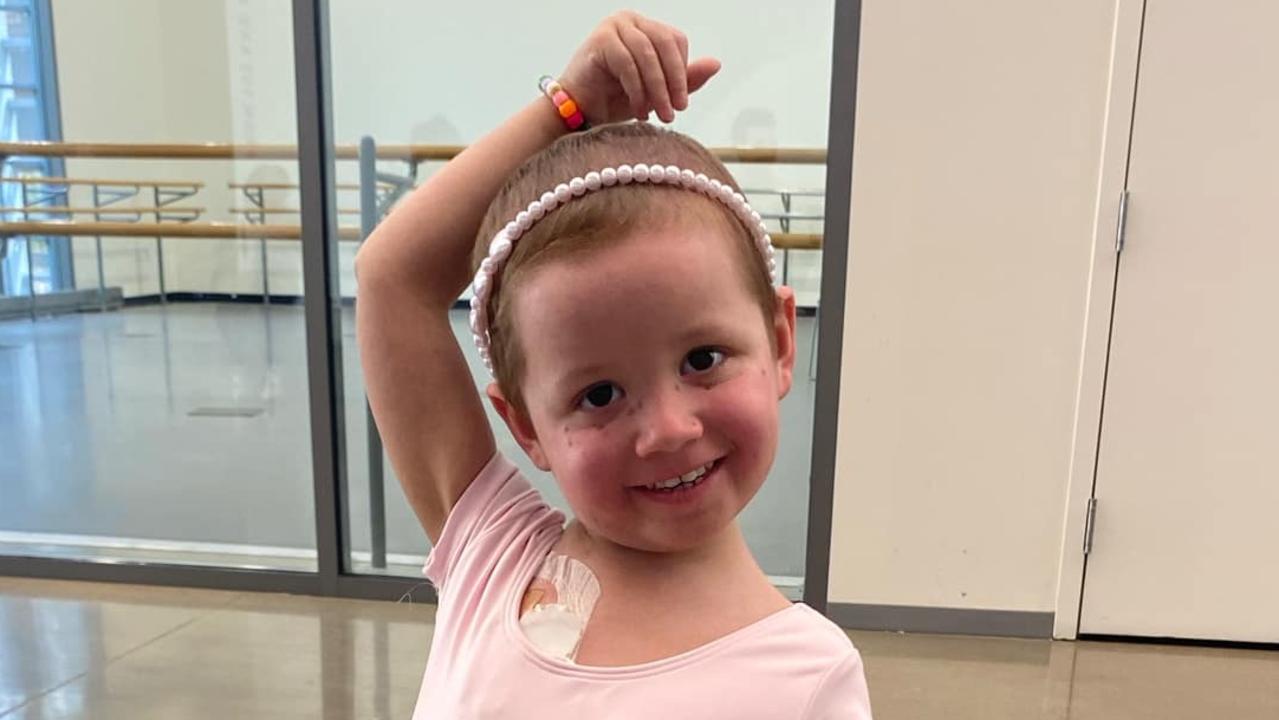Young Aussies spending the most on fitness out of any generation, new survey finds
The finances of young Australians have been put under increasing strain in recent years – but there’s one area they still refuse to skimp on.

Health of the Nation
Don't miss out on the headlines from Health of the Nation. Followed categories will be added to My News.
The finances of young Australians have been put under increasing strain in recent years, forcing many to make lifestyle changes to account for the ongoing cost of living pressures – cutting back on discretionary purchases chief among them.
There’s one thing, however, that Gen Z refuses to skimp on. According to Body+Soul’s Health of the Nation report – a comprehensive, independent survey of the food, fitness and health habits of more than 3000 Aussies of all ages – those born between 1995 and 2012 outlay more money on keeping in shape than any other demographic, spending, on average, $117 a month.
They’re also more likely to visit wellness retreats – of the one in 10 (11 per cent) of Australians who have done so, 16 per cent were Gen Z. That’s despite the fact they’re also the generation whose health and wellbeing is being most negatively affected by the cost of living.


By comparison, Baby Boomers (those born between 1946 and 1964) spend on average just $71.74 a month on their fitness, with Gen X (born between 1965 and 1980) spending $96.21 a month, and Millennials (those born between 1981 and 1996) forking out $116.95.
The stats may sound contradictory, but, Finder’s personal finance expert Sarah Megginson said one situation ultimately informs the other.
For young Aussies, prioritising their health and fitness – regardless of the cost – “can be a really tangible way to try and cope with the craziness of life right now”, Ms Megginson told news.com.au.
“When things feel out of control – like when your rent is skyrocketing, or the cost of groceries is soaring – focusing on the things you can control, like your health, can give you a sense of power,” she said.
“Working out, eating right, meditating and practising mindfulness – these all help to chill you out, ease anxiety, and make you feel better overall.”
Unlike their generational predecessors – whose rigid, all-or-nothing approaches to health and fitness entailed everything from extreme diets to gruelling cleanses and punishing fitness regimens – almost half of young Australians said they exercise to improve their overall health and wellbeing.
While 62 per cent of Health of the Nation participants believe they are in good health, 79 per cent agreed they needed to be more active – and more than half (52 per cent) said they worried about their weight.
“While the motivations to get fit might differ among generations, some fascinating findings revealed themselves, with 37 per cent of people reporting they exercised as much for their mind – and their mental health – as they do to build a stronger, healthier body,” Body+Soul’s Content Director Jacqui Mooney said.
“In addition to cost of living pressures, jam-packed diaries were another major factor, with almost a third (27 per cent) of people citing lack of time and other commitments, like work, for putting the brakes on a regular fitness routine.”

For older Australians, Ms Megginson said “fitness was often something that was tied to specific goals like losing weight or getting in shape for a sport”.
“Whereas for younger people, health is much more about moving your body and improving your state of mind. It’s about self-expression and connecting with others,” she said.
There’s perhaps no one better versed in the fitness and wellbeing habits of young Australians than Laura Henshaw. In 2015, she and fellow former model Steph Claire Smith founded the wildly successful health and wellness app Kic. With its guiding ethos of making healthy living as sustainable as possible, a decade later the program has a community of more than 2.5 million people across some 120 countries – the bulk of whom are 18- to 35-year-old women.
“Gen Z is definitely paving the way when it comes to prioritising their health and wellbeing, and I’d agree that they are the most health-conscious generation,” Ms Henshaw told news.com.au.
Body+Soul has teamed up with Kic to offer readers who sign up before March 3 four weeks free access to the app. On top of access to the entire app’s offering, Kic has created a bespoke Health of the Nation challenge, consisting of three weekly workouts that range from five to 20 minutes.
Like Ms Megginson, she acknowledges that for young Aussies, “big financial commitments like buying a home can seem so far out of reach – but investing in your health is much more achievable”.
“Conversations around mental health and self-care are constantly in the Zeitgeist – it’s their norm,” she said.
“And Gen Z’s are savvy. Even when money is tight, they’ll find accessible and affordable ways to prioritise their bodies and minds.”

Arguably the most significant way they’re doing this, while managing to save money at the same time, is by cutting back – or cutting out completely – their alcohol consumption.
It’s a move that’s landed them the label “generation sensible”, and contributed to the rapidly booming non-alcoholic beverage market. According to the International Wine and Spirits Record (IWSR), the global leader in data, analytics and insights for the alcoholic beverage industry, the sector is expected to be valued at $US43bn ($69bn) by 2027.
More conscious of the adverse physical and mental health effects of alcohol, an increasing number of Gen Z’s are shunning Australia’s deep-rooted drinking culture – a shift in attitude and behaviour that Ms Henshaw says can only be described as “positive”.
“Rewinding to my late teens and early twenties, socialising would always revolve around drinking,” she said.
“I’ve never been the biggest drinker, but it was always assumed that everyone would drink. And if you didn’t, there would be pressure and a lot of questions.
“As a society, we’re (now) more aware of the impact drinking has on our mental health – we’re seeing the rise in being sober-curious or opting for low/no-alcohol alternatives, which hardly existed 10 years ago.
“People are looking for ways to (genuinely) connect that don’t revolve around drinking … with the likes of our weekly Saturday KICRUN Clubs, brunch culture and (so-called) ‘hot girl walks’.”
For Gen Z – and all Australians – these healthy habits, Ms Megginson said “can be a real lifesaver when money is tight”.
“They provide a positive outlet and help build resilience to deal with the pressures of everyday life.”
Originally published as Young Aussies spending the most on fitness out of any generation, new survey finds





